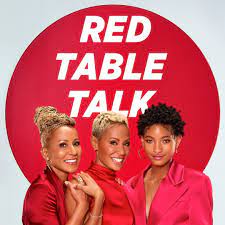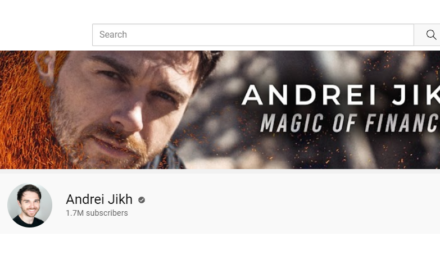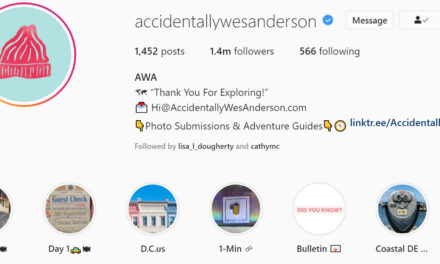All business is personal at some level. But for many content entrepreneurs, their business model is all personal, not knowing that there can be a difference between authentic content and transparent content.
These entrepreneurs invite audiences into their “home” of some sort. Influencers share themselves and their lives in every Instagram post. Creators build their lifestyle content around their roles as parents, travelers, pet caretakers, etc.
Being an always-on business can be exhausting. And in a successful business, your audience follows you around, thinking they know you, trusting the stories you tell and the posts you share.
Building a content business around your life can be exhausting. You feel the need to be always-on, says @AnnGynn. #contententrepreneurs #creatoreconomy #influencers Share on XSo when a particularly challenging time arises that you may want to keep private, you face a battle between transparency and authenticity.

Take Myka and James Stauffer who turned their family life into a content business. They eventually had about 1M subscribers, including 700K on her YouTube channel and 300K on the family’s vlog. They achieved those bigger numbers after they began talking about their journey to adopt a boy from China, according to a profile in The Cut.
Three years later, life changed. Subscribers were posting comments asking where the boy was. The couple, who had earlier shared his diagnosis of autism spectrum disorder level three, ultimately revealed the boy was with a new family who, they said, could better address his needs. Hashtag campaigns critical of the couple popped up on social media. Brands once eager to work with them disappeared. Their sheriff’s office even conducted an investigation into the safety of the children still at their home. (Read The Cut piece for the long, fascinating story.)
Though extreme, the Stauffer family’s experience is a lesson for all personally focused content creators. Just as you need to create a business strategy, you also need to establish parameters around your content in your content business model.
Tilt Advice
First, appreciate the difference between authenticity and transparency. All the content you create should be authentic content – truthful about your words and actions. But you as a content business don’t have to be transparent (i.e., share ) about everything.
Authenticity and transparency are not the same. All the content you create should be authentic (truthful), but you don't need to be transparent (share) everything. #startup #contentbusiness #influencers Share on XAsk: What am I willing to share with my audience? What am I not willing to share?
Really dig deep in your answers. Think about the most extreme situations. Would you be willing to talk about that with your audience? What are you not willing to talk about?
Can you operate a successful content business under those conditions? If so, craft the parameters around your content. But don’t keep it to yourself. Put together a few sentences for your about or bio pages. You don’t have to list everything you won’t share, but be transparent so that your audience understands the parameters you’ve established around your content.

Celebrity Jada Pinkett Smith launched Red Table Talk in 2018. Designed to be an unfiltered conversation among her mom, child, and celebrity guests, Jada knew she had to be transparent upfront. Early on, she addressed never-ending rumors about her marriage, relationships with other celebrities, and more.
But she deliberately left out one story. But by 2020, she couldn’t ignore it. She and her husband Will Smith sat at the Red Table together to address her “entanglement” with another man four years earlier. Jada’s experience reminds us that once you set the parameters, you better live them authentically.
Jada Pinkett Smith and Red Table Talk teach us a content lesson: Once you set your transparency parameters, you better live them authentically. #contententrepreneurs #influencers #creatoreconomy Share on XIf you make a mistake or experience a difficult challenge as you go about your content business, admit it right away. Audiences are far more likely to appreciate your honesty than they will criticize the error. That’s the sign of an authentic creator.
(You also can develop a two-tier social media strategy – one for your personal professional brand and one for your personal life where you only connect with your real friends.)
Out of (100%) control
Jada and the Stauffer family’s scenarios also highlight another important lesson – once you have an audience, you no longer have full control over your personal content brand. Your audience will decide (right or wrong) what they want to know, what they think you should do (or wear or say). Their “feedback” will come from not only the mainstream but the fringes (sometimes considered your most enthusiastic and dedicated fans). How will you respond? Is it even worth a response? Plan as best as you can now so when that does arise, you have a contemplative process ready when something like that does arise.
One more thing … Think about how to grow your content brand beyond you – evolving your brand name, expanding your authentic content subjects, etc. Because if your content is all about you, you’ll have a harder time making it a long-term sustainable business.
About the author
Ann regularly combines words and strategy for B2B, B2C, and nonprofits, continuing to live up to her high school nickname, Editor Ann. An IABC Communicator of the Year and founder of G Force Communication, Ann coaches and trains professionals in all things content. Connect with her on LinkedIn and Twitter.










